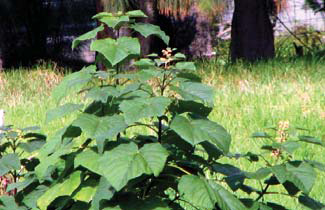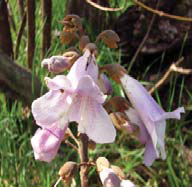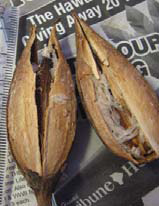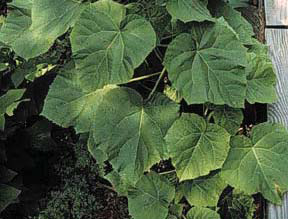 purple toadflax (Linaria purpurea)
purple toadflax (Linaria purpurea)

Family: Scrophulariaceae HPWRA Score: High-Risk
Intentionally planted in a garden in the Oceanview area of Hawai’i Island, purple toadflax escaped cultivation and invaded the dry native forest. The herbaceous perennial can be weedy in open areas with rocky substrate and good drainage.
Description:
- Opposite or whorled leaves, entire to dentate, pinnately veined
- Leaves blue-green in color and narrow
- Erect stem sometimes branched at the base
- Violet snapdragon-like flowers, very showy
Harm:
- Fast growth to maturity
- Freely self-seeds
- Clump-forming
- Out-competes with native fauna by preventing new growth of native species
- Drought-tolerant
In Hawaii:
- Hawaii Island- Only known population in Oceanview was eradicated





